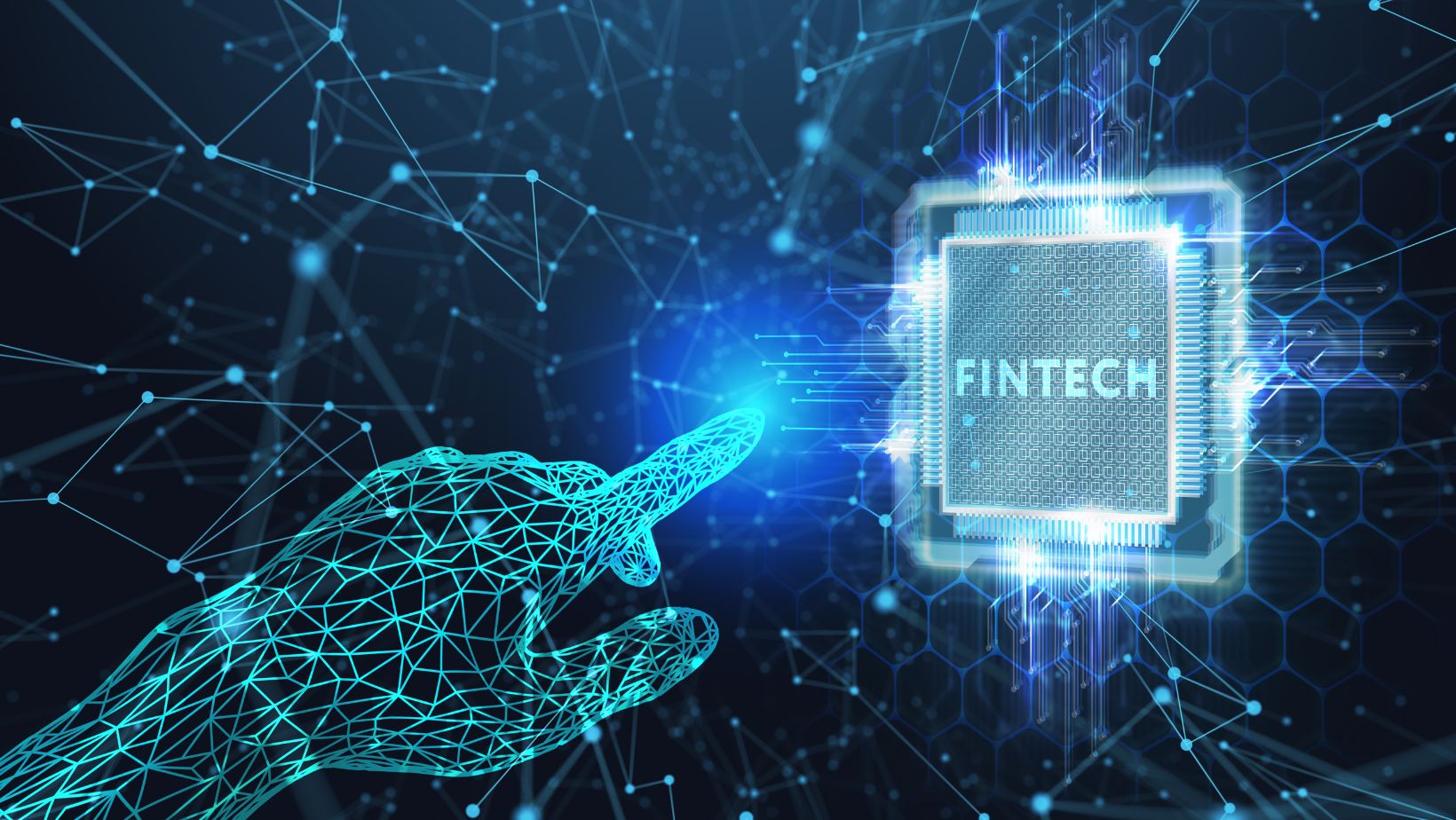Asia has one of the fastest-evolving fintech sectors in the world, so it’s not surprising that AI avatar generators have really begun to shape the way brands connect with their audiences there. Customers today have a tendency toward being digital-first, and it’s up to fintech companies to find creative ways to humanize their messaging and stand out.
AI-generated avatars are a good way to do that. Brands can utilize them to achieve goals across multiple different areas of business operation, and do so with consistency, scalability, and an appeal to emotional engagement without being limited by the needs of a human representative.
Creating Virtual Brand Mascots for Greater Recognition
Building strong brand recognition is vital to any business, including ones in a fintech environment. With AI avatars, companies can create virtual mascots. These mascots can reflect a brand identity and portray it in whatever tone the company chooses.
This is already done with traditional mascots, of course! Their AI counterpoints just have some benefits that the traditional ones can’t compete with. AI avatars can be updated, rebranded, and adapted at a drastic reduction in cost. Particularly in Asia, where mobile banking apps, digital wallets, and investment platforms are taking off, fintech brands can forge stronger emotional bonds by offering a recognizable face to customers.
AI avatars can also be available any hour of the day, in any timezone, and reflect the language and values of any culture. Your AI avatar is ready to provide customer service, greet people, and deliver your brand experience on any website, app, or marketing campaign platform you can imagine.
Using AI Avatars as Virtual Influencers
AI avatars aren’t just mascots; they can also be influencers. Using your AI avatar as an influencer allows you to engage with customers and create content centered around your brand. Your AI avatar can become an influencer by building an audience on social media, posting videos, engaging on social media, and speaking directly to users.
This can be a highly successful way of introducing new customers and creating loyalty with your brand. Once your virtual influencer has a dedicated audience, they can be a direct link to new leads and prospects. Virtual influencers can host entire marketing campaigns just on their non-existent shoulders – especially in Asia, where influencer marketing is a booming industry.
Enhancing Personalization and Cultural Customization
Personalization is one of the key components to getting a competitive advantage in fintech. AI avatars can help brands personalize their content in so many ways. Here are just a few:
- Personalized greetings
- Onboarding tutorials
- Customer support
- Milestone celebration
- Product or program recommendations
- Customized email follow-ups
- Social media interactions
Thanks to the advancement of this technology, all of these can be done in a way that is tonally appropriate for the conversation and calls upon prior information. This kind of human-like approach to interactions feels more engaging to the customer than standard static emails. In markets across Asia, brands are already implementing this technology for personal touchpoints.
Part of this implementation is addressing cultural differences. Asia is not a monolith, and the marketing strategies for different countries should vary to fit each of those markets. A fintech brand marketing strategy that works in India may fall flat in Japan. AI avatars can be adjusted for each localized campaign, with consideration toward local language, traditions, and communication styles, without having to completely rebuild the campaign.
Conclusion
As the fintech field continues to thrive across Asia, brands must continue to innovate the ways they connect with digital-forward audiences. AI avatars are a clever solution to this problem, allowing companies to build mascots, launch virtual influencers, and personalize experiences across the board.

By embracing these AI-driven avatars, fintech brands are modernizing their image. Not only are they modernizing, but they are also creating lasting emotional connections with customers through technology that will continue to scale with them.









